This month, I joined beevangelist, Thomas Lim and his Edible Gardens colleague, Suekay, on one of their bee rescue trips. It was Thomas’ second visit to this property in Punggol, where he had previously removed a hive successfully.
On this occasion, the whole process took more than two hours, which is not uncommon, so lots of patience is required on their part. Their task is not as easy as it seems, as the bee suits, although much thinner than the conventional version, is quite warm when worn, especially for that duration. Also, angry bees will swarm around them, and they are sometimes stung in the process, like they were that day.
Thomas and Suekay had to walk away a couple of times in order to calm them down, the rationale for that is bees don’t fly too far away from their hive, and at some point, the bees will have to go back. Bees also picked up on their scents, and would leave the owners and I alone even though we were standing quite near the both of them.
As someone who loves bees, I had a great time, although there were moments where I felt scared – shhh.
Here’s an interview I did with Thomas, to find out more about his role as a beekeeper, which he does on top of gardening activities at Edible Gardens.
1. How did you come to love bees so much, and how did you “become” a beekeeper?
I first heard about urban beekeeping when I was living in Hong Kong. There were people keeping bees in densely populated Hong Kong and also in other cities like New York, London, Melbourne, and more. I guess the beauty of urban beekeeping lies in being able to observe wildlife in the city right at your doorstep. Bees are different from domesticated pets like dogs and cats. They not only require no maintenance but they actually produce a surplus of honey occasionally.
2. What are the most challenging aspects of being a beekeeper?
Dealing with wildlife can be frightening and stressful at times. They can be unpredictable and the stings are painful!
3. What advice would you give people who have a bee hive near or in their homes?
The best thing to do is to leave them alone if they are not causing any inconvenience or danger. If you do need to relocate them, the pest control guys will only come and kill them. You can call us to relocate the bees alive.
4. You use an interesting contraption and technique to collect bees. How does it work? And how did you come up with this idea?
We use a bee vacuum to suck up the bees into a hive so that we can relocate them safely. It’s a simple modification from a household vacuum cleaner. Instead of sucking the bees into the vacuum, we add a hive halfway so that they end up in the hive. It’s actually something that I found on the internet and other beekeepers are already doing it.
5. Where do you take these rescued bees? How do you actually “re-home” them?
We take them to different locations over Singapore. It’s a secret because we don’t want to get into trouble. We hope that they stay in the wooden hives that we have made for them but sometimes they choose to fly away.
6. What does Singapore’s city honey taste like in comparison to other honey that you have tasted? Do you allow the public to taste this honey?
The honey is usually more watery because of the humidity in the air. It is always sweet and the honey differs depending on what flora the bees have foraged. We let the public taste a little of the honey at events when we have extra.
7. How can one go about adopting one of your apiaries?
One can purchase an empty hive to place at home in hope that bees will move in. We will prepare the hive with some methods to maximize the chances. Most of our bee hives are acquired using this method.
(Each box costs $300, and they prepare it by smoking it, including beeswax bits, and scenting it with lemongrass)
8. How do people get in touch with you?
They can visit our website at ediblegardencity.com or email us at sales@ediblegardencity.com.
Thanks, Thomas!
Here’s a little footage of Thomas in action, which I’d put together.
On a separate occasion, I got to taste the honey, and it was very sweet, with a hint of citrus. The flavour still lingers in my mind.
So if you ever encounter a swarm of bees that have taken refuge in a building, you know who to get in touch with – surely not pest control. Let’s grow our native bee population as best we can, we need their help to fertilise our edible and ornamental plants!

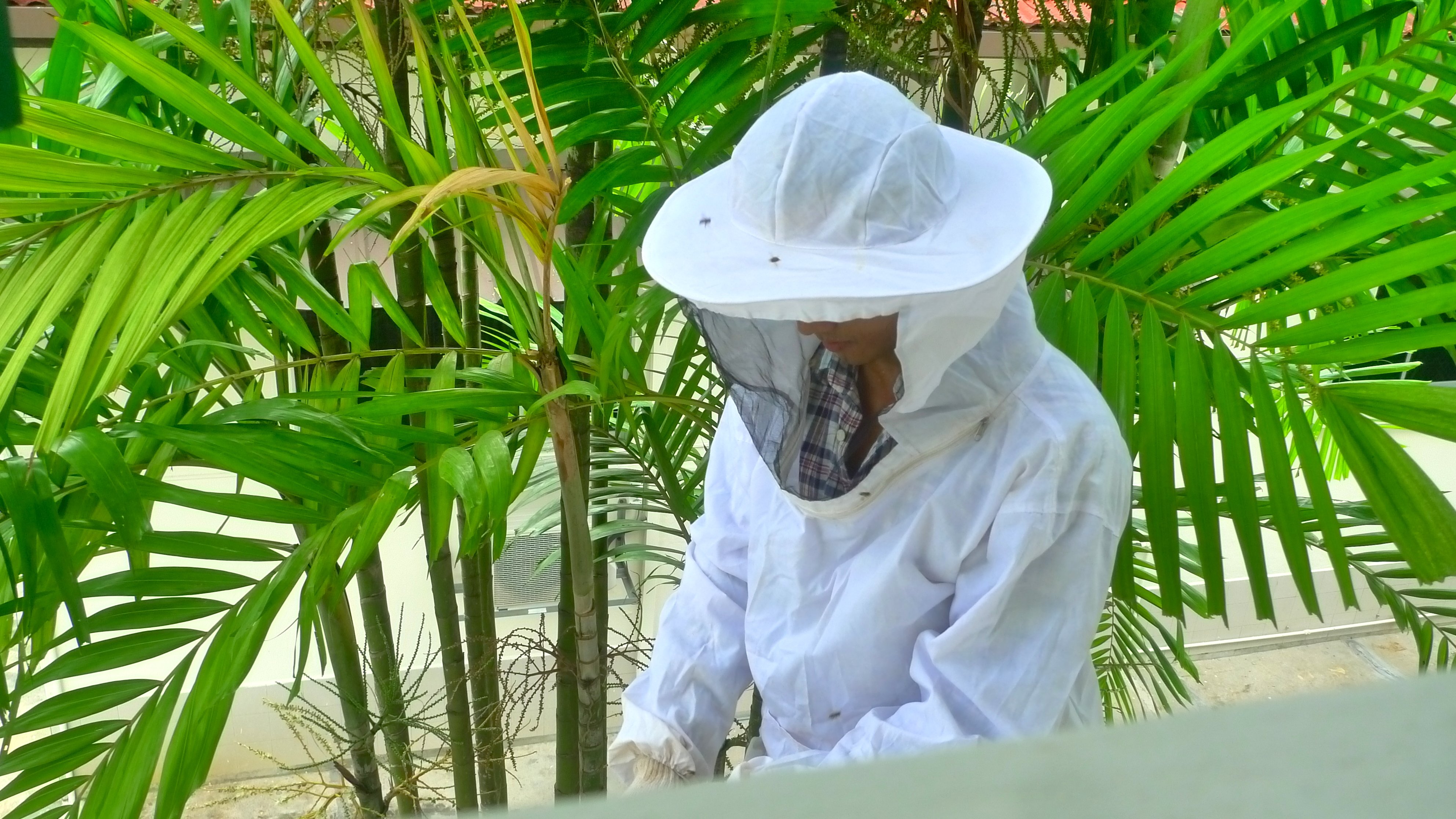
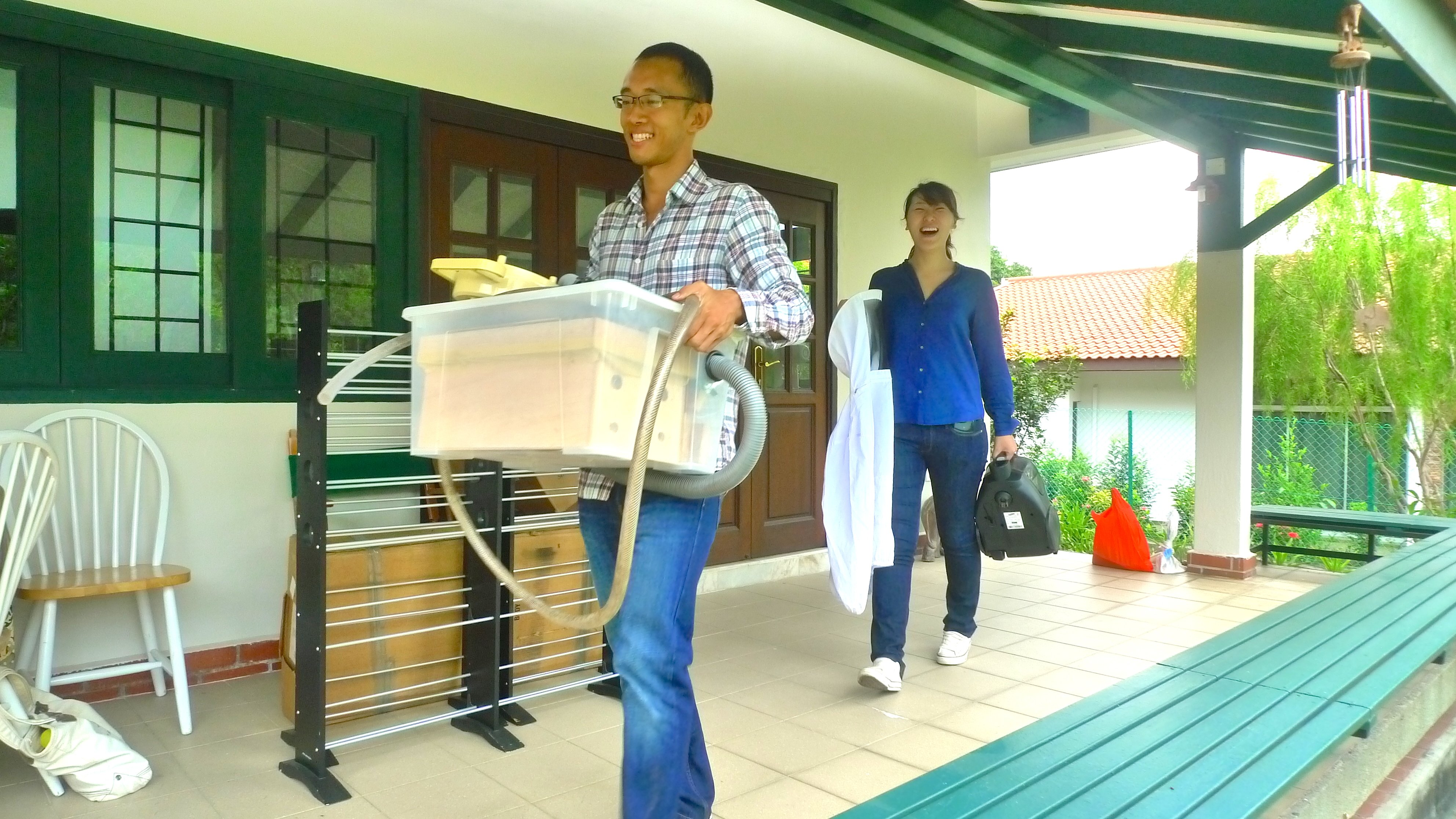
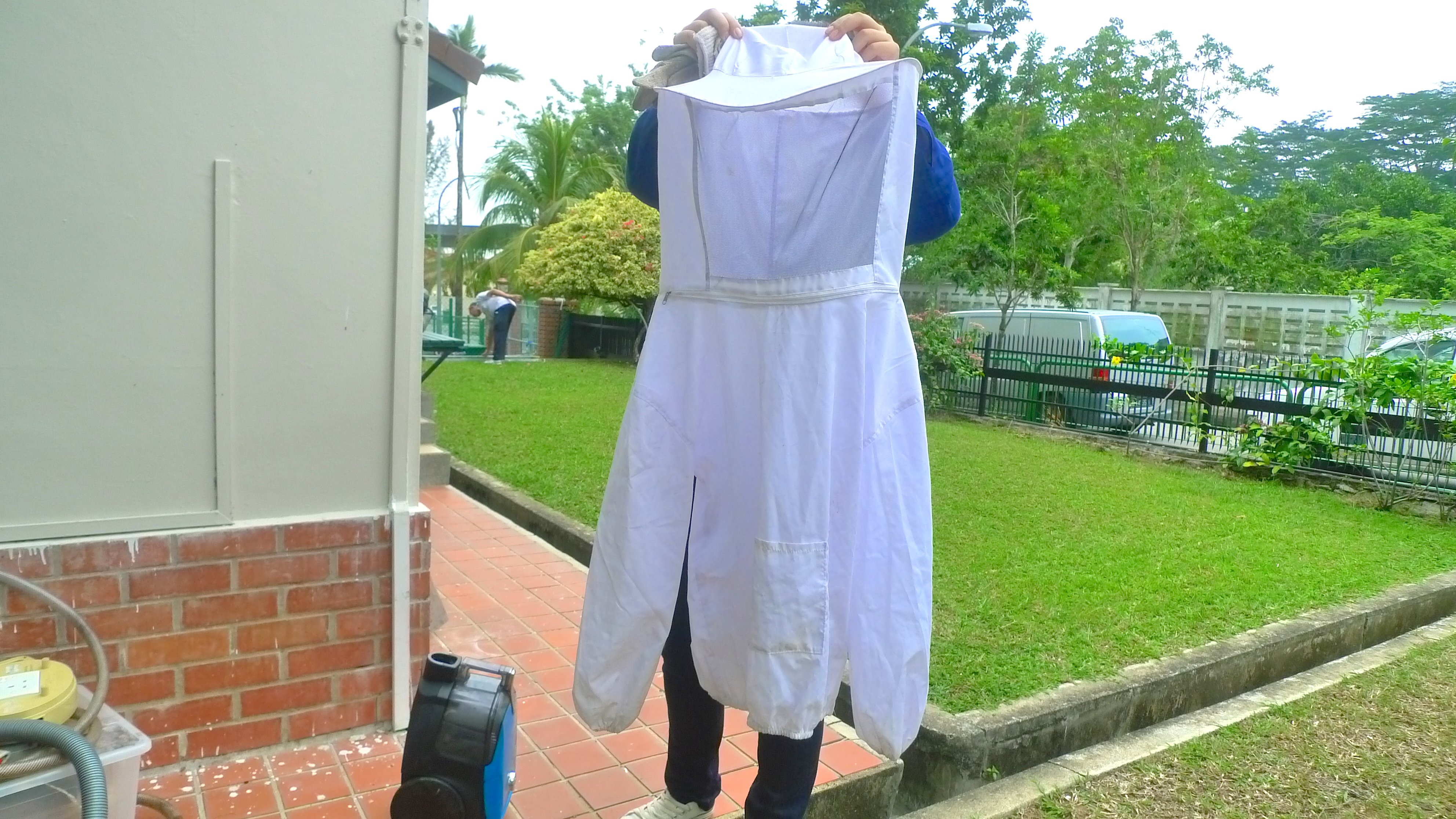
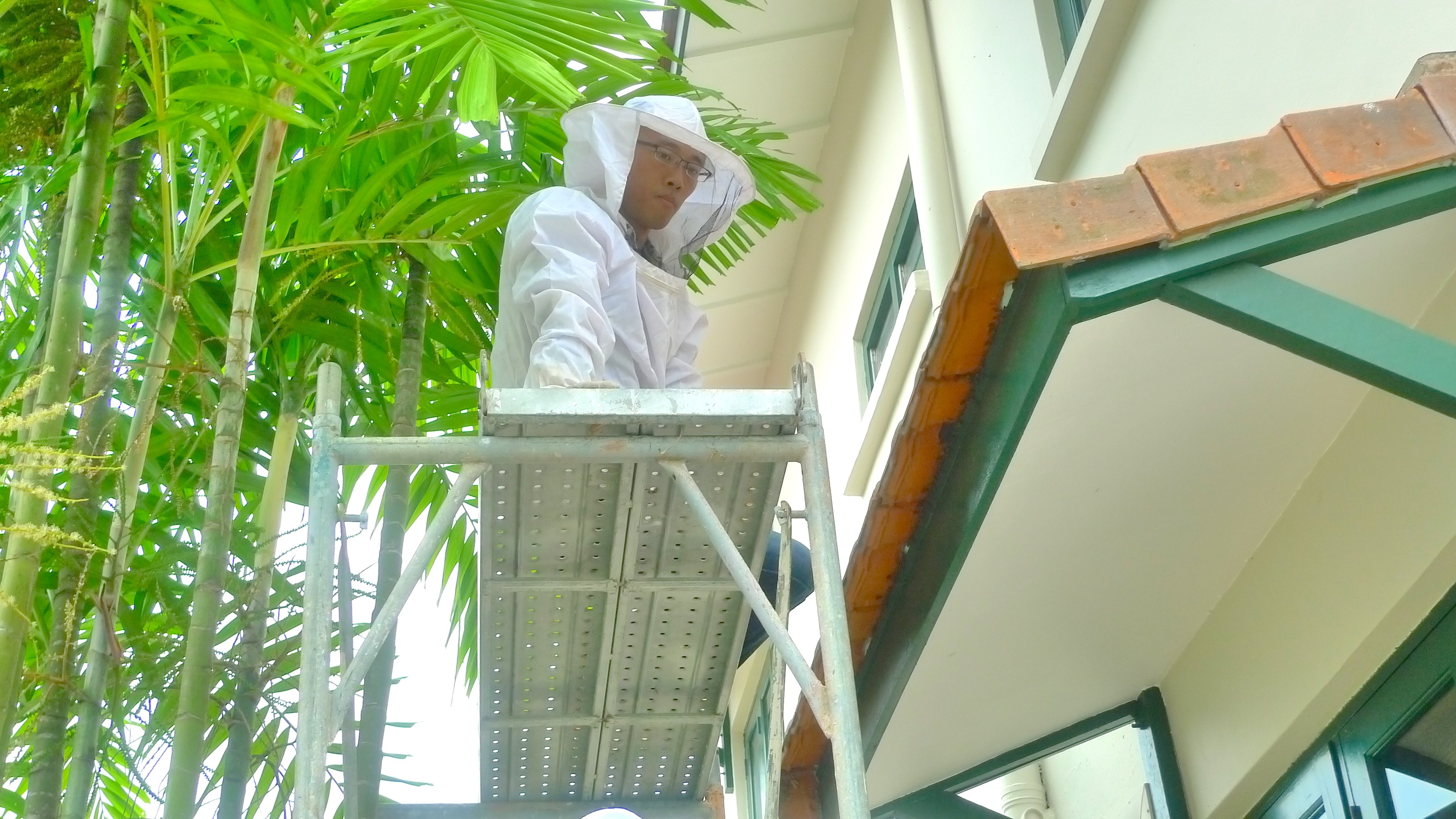
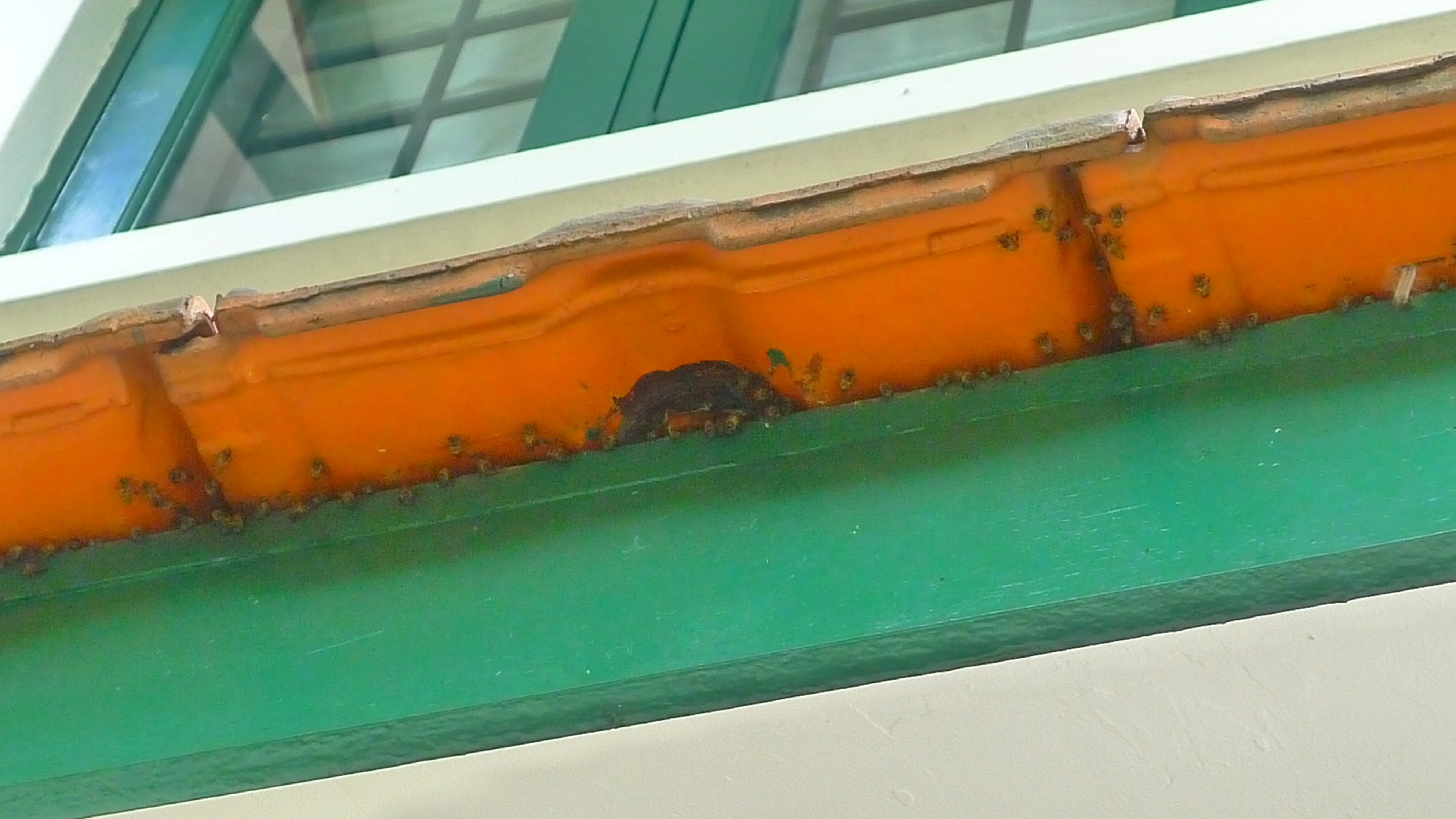
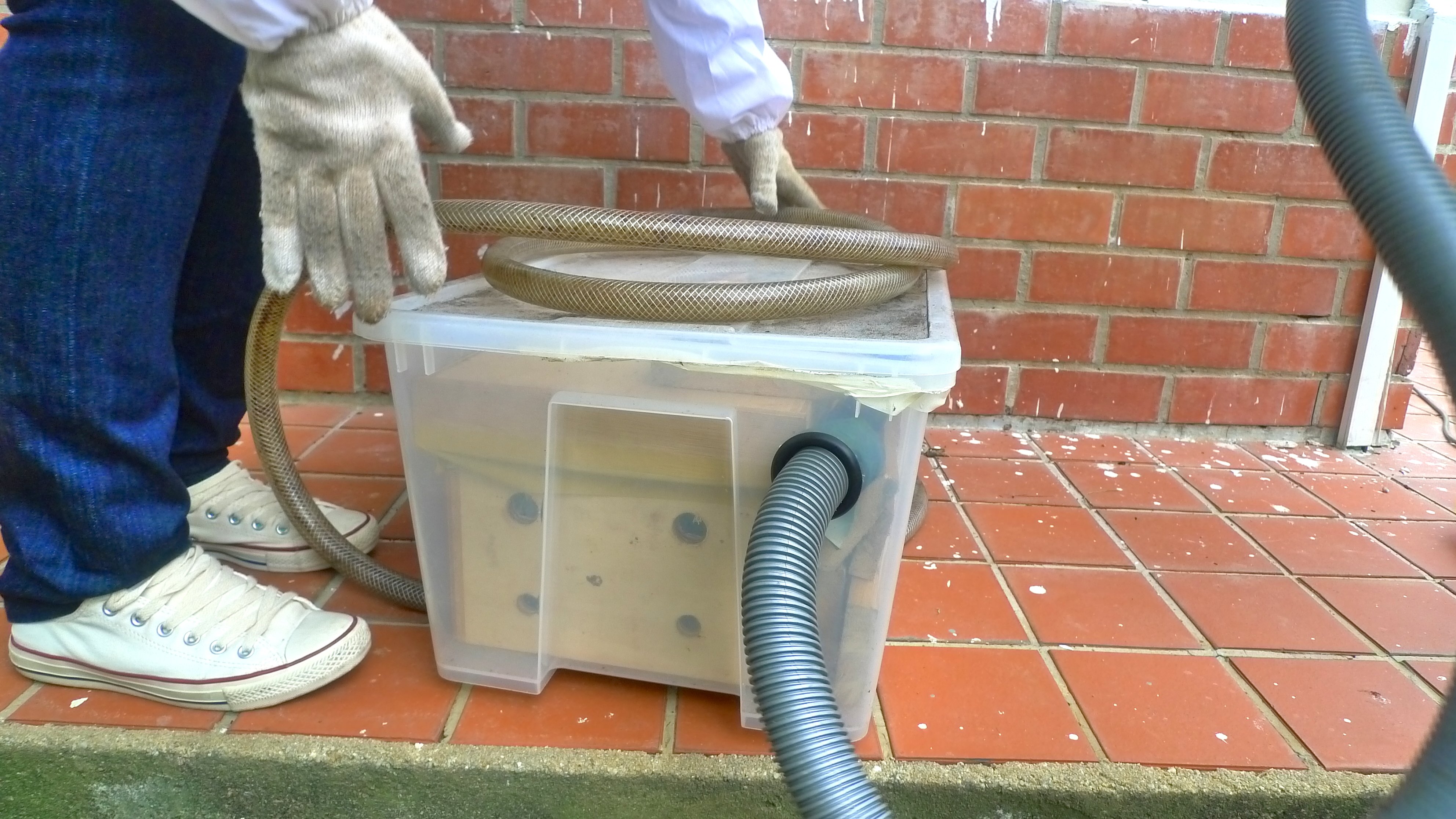
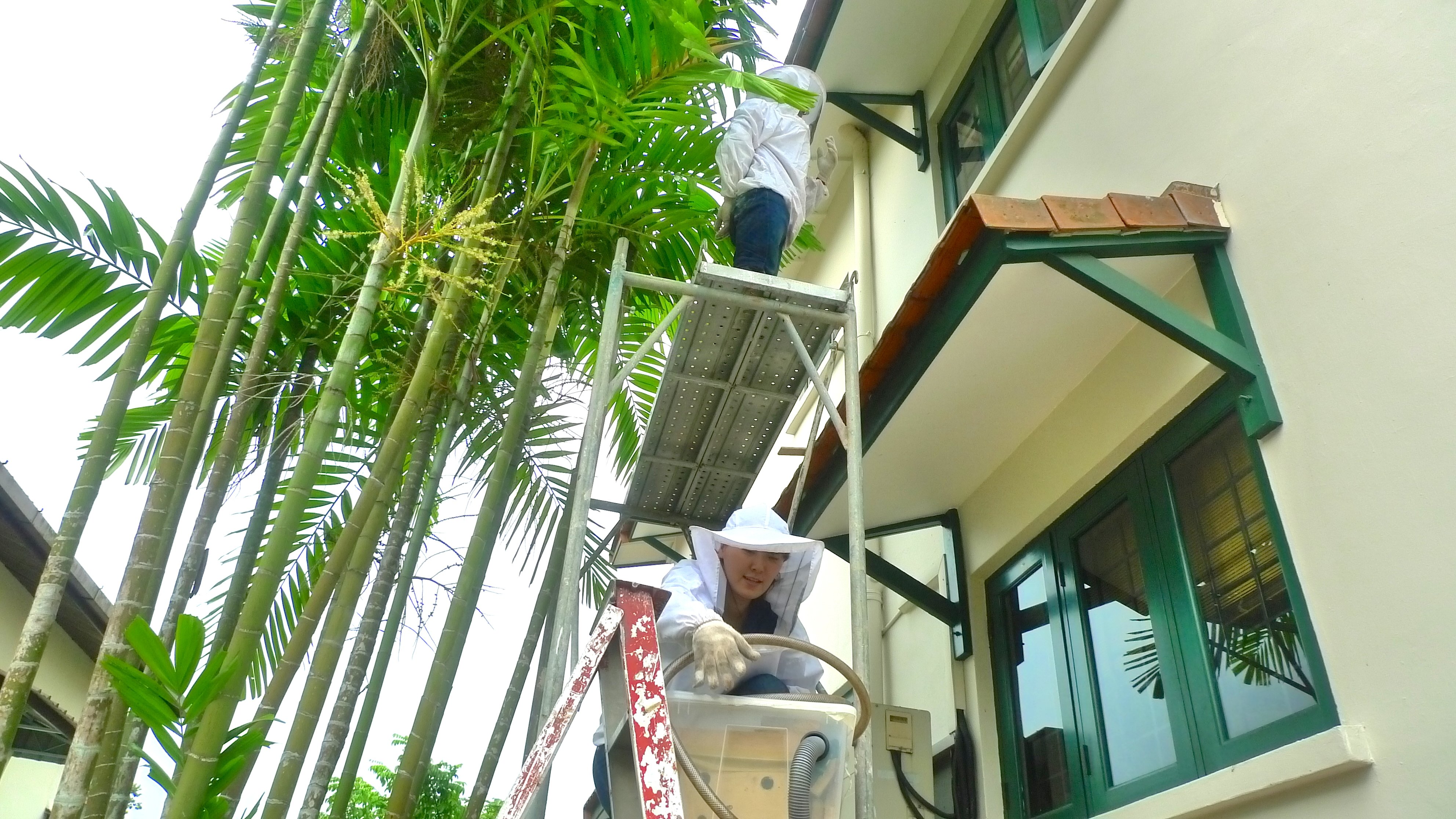

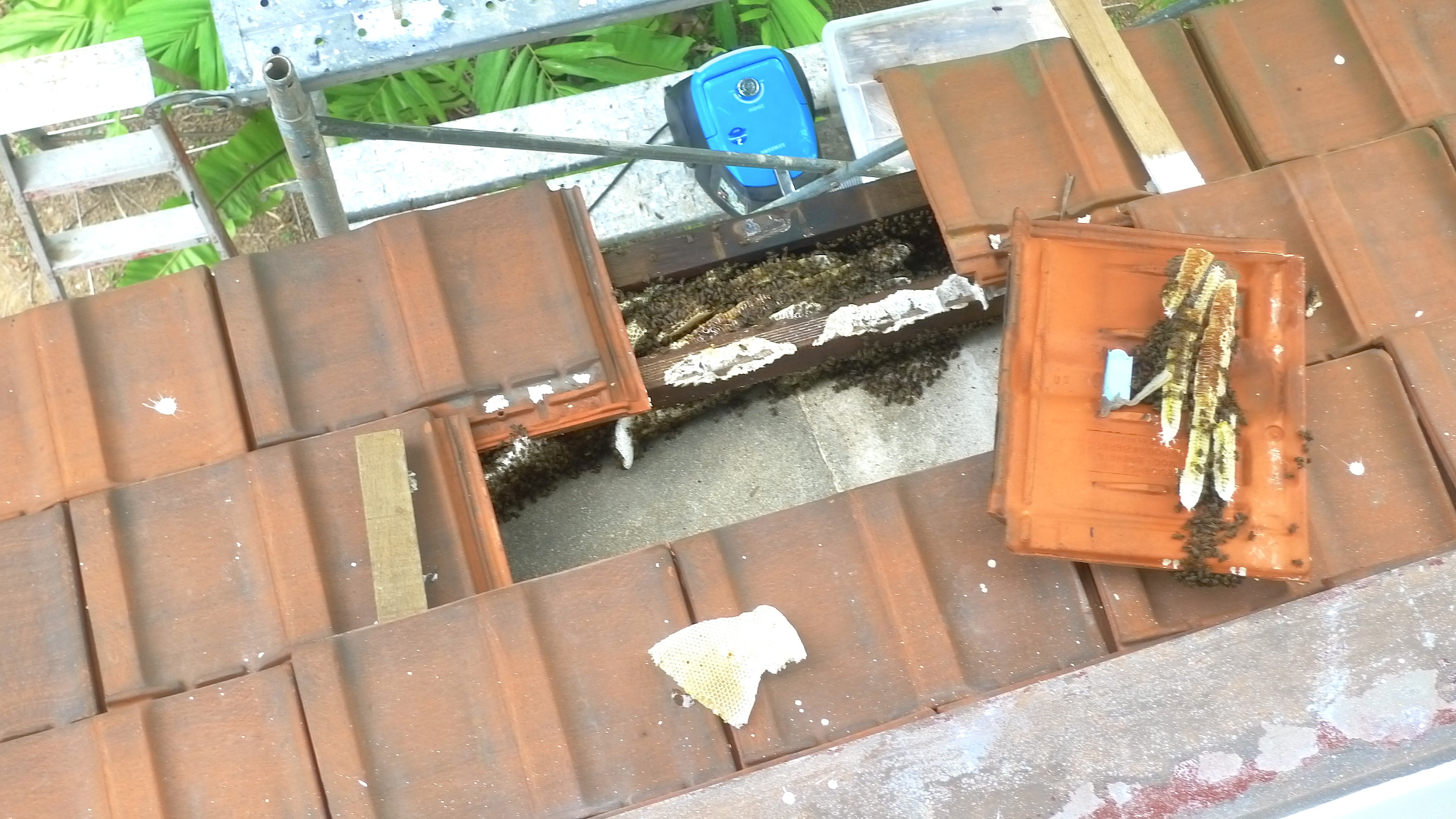
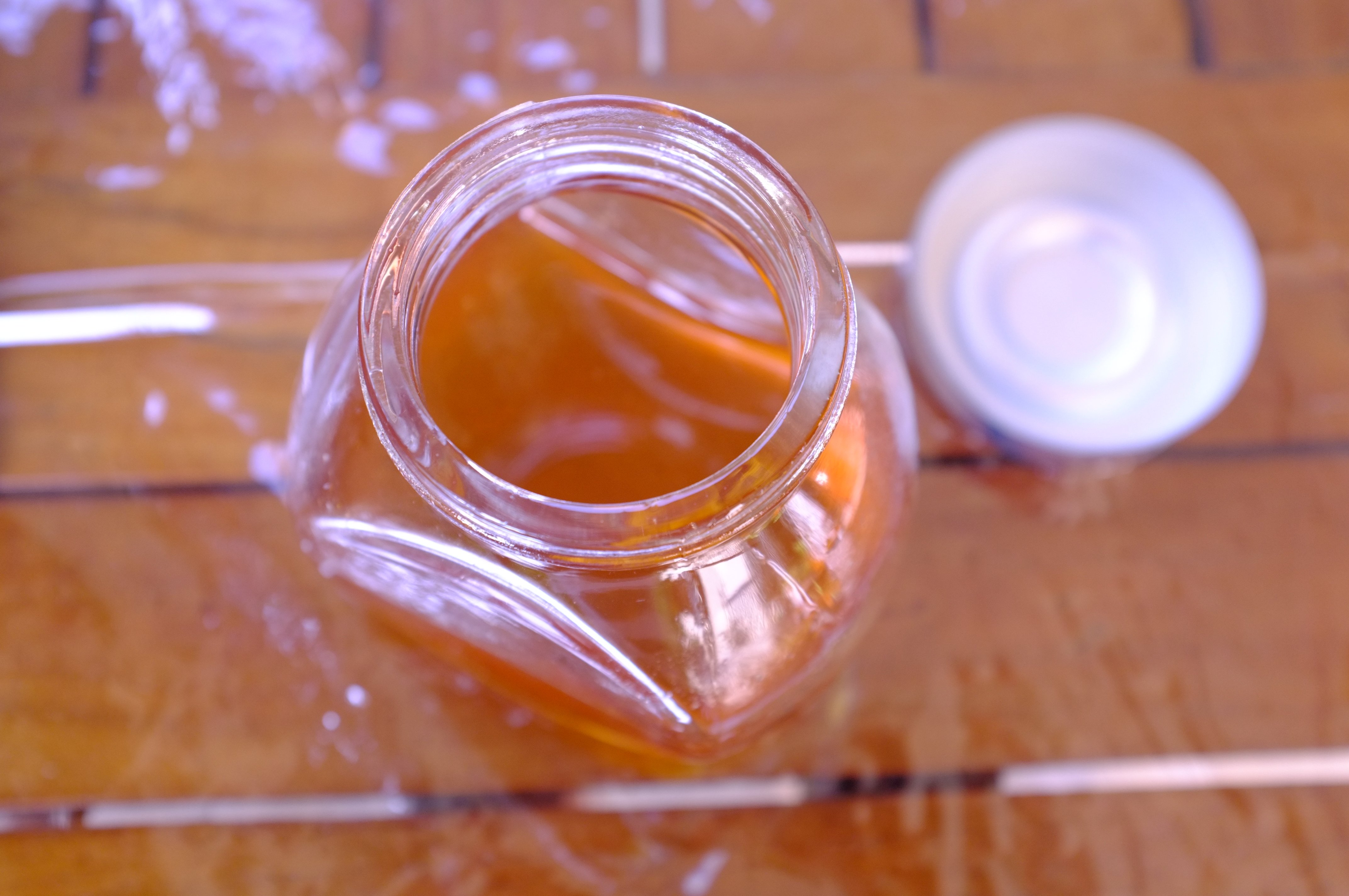
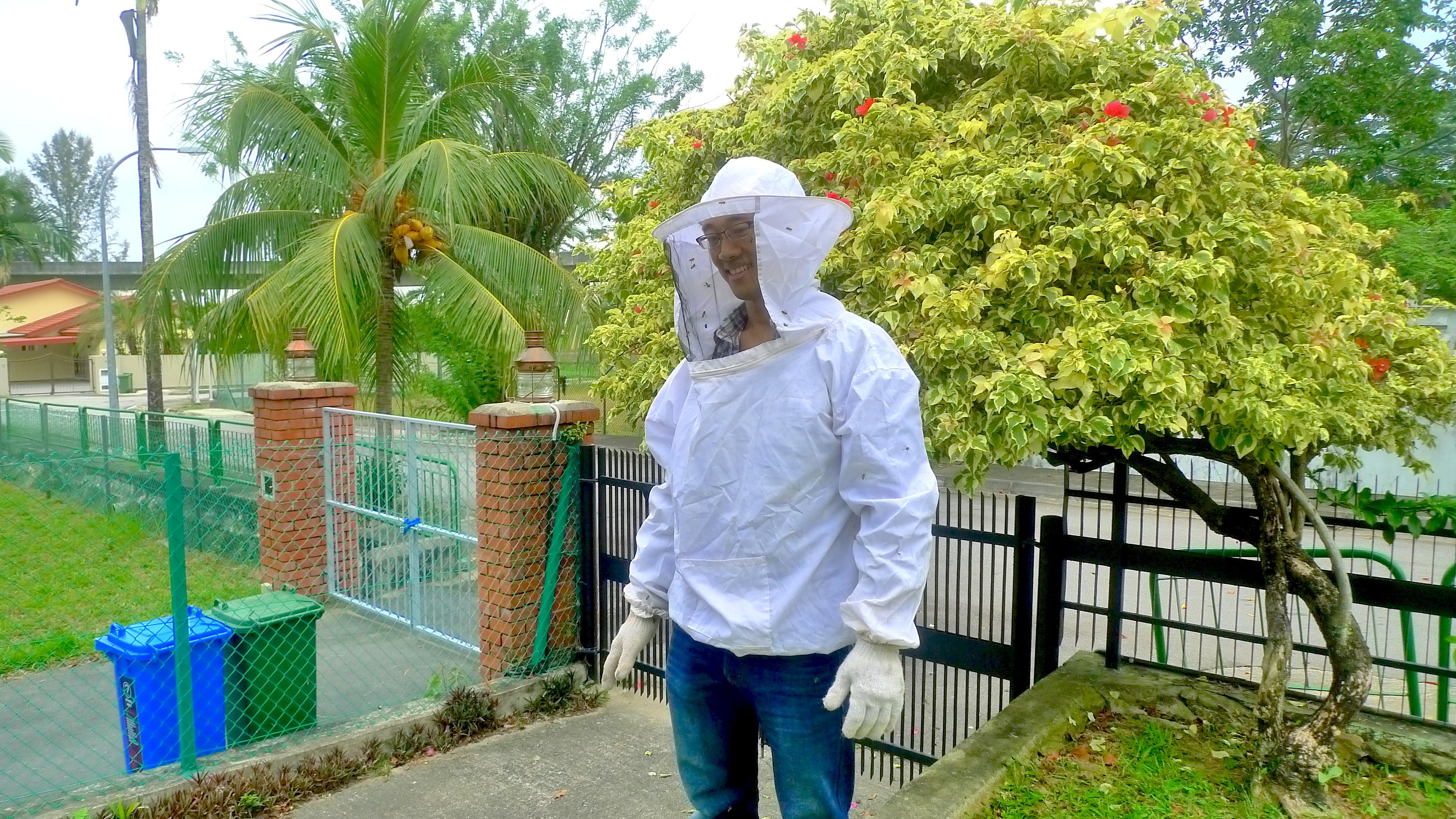

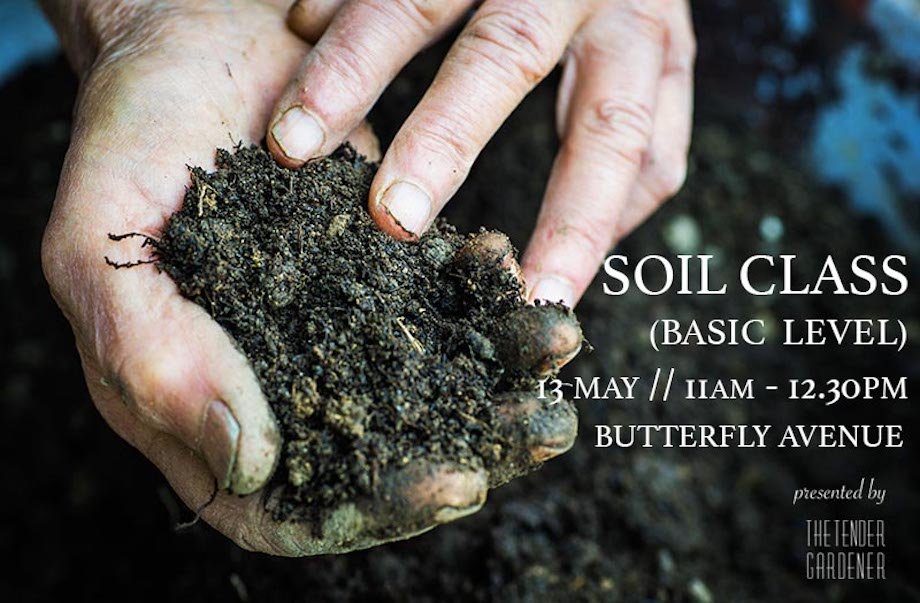
5 Comments
Hi Thomas! You’re definitely doing something that is really good & wonderful to save the bees & indirectly the flora of Singapore. Many Singaporeans do not realize that the bees are essential to the pollination of our plants. To them the bees are dangerous and harmful! With more advertisements & education, I hope the public will come to know of your passion & work to save our bees. Wishing U lots of success & gd luck. from Wongus.
Hi…my mom has a hive in her back yard n i would like to know how u guys gonna remove the hive…
its…well…u need to come take a look.
kindly contact me on 82284268.
Hi Sunil, please contact Pollen Nation at their 24-hour hotline – 9009 4578, they’ll sort you out!!
Are these the more agressive Asian honey bees or the European Honey bees?
Most likely the Asian Honey Bees, Winnie.